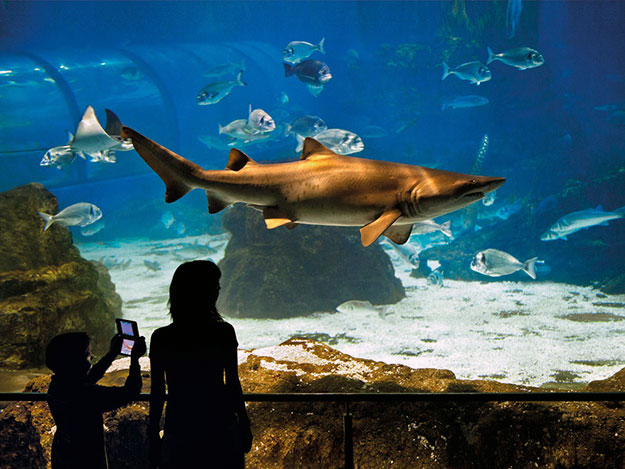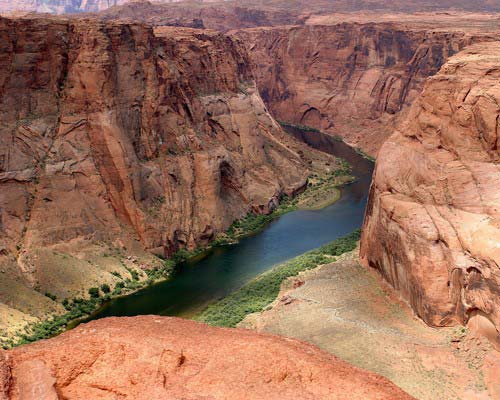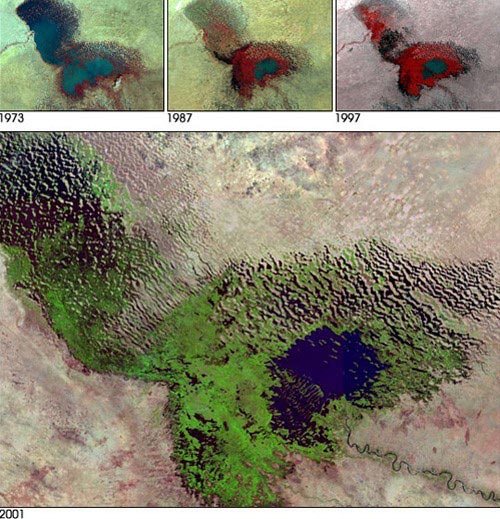A new study of satellite data from the last 19 years reveals that fresh water from melting glaciers has caused the sea-level around the coast of Antarctica to rise by 2cm more than the global average of 6cm.
Researchers at the University of Southampton detected the rapid rise in sea-level by studying satellite scans of a region that spans more than a million square kilometres.

Icicles are formed by the melting of a glacier in west Antarctica. The melt here is rapid and has been accelerating, injecting greater quantities of freshwater into the ocean and raising sea levels.
The melting of the Antarctic ice sheet and the thinning of floating ice shelves has contributed an excess of around 350 gigatonnes of freshwater to the surrounding ocean. This has led to a reduction in the salinity of the surrounding oceans that has been corroborated by ship-based studies of the water. Read more











